During the first world war both the British and the French armies employed Chinese manpower. These men did not come as soldiers but as contracted labourers. In August 1916 the first group of Chinese labourers arrived in France. In the end, more than 40,000 Chinese labourers would work for the French. The British army started recruiting Chinese labourers slightly later. Between 1917 and 1920 a total number of 95,000 Chinese labourers served under a British contract and as part of a new corps: the “Chinese Labour Corps”. These men were deployed behind the frontline, in the construction of railroads, the loading and unloading of ammunition and the repairing of roads. After the war, they cleared and cleaned the battlefield. More than 2,000 labourers died during and shortly after the war.
This site commemorates the deployment of the Chinese labourers. Its precise location is historically justified. Near this place, in the hamlet of Busseboom, the Chinese were posted in a camp. Two monuments overlook the former Chinese cemetery. The Town of Poperinge commissioned Stefan Schöning to design a shelter for the Chinese labourer. The bronze statue of this labourer was created by artist Jo Bocklandt and has been to China for a brief passage at the Shanghai World Expo of 2010. It has now found a worthy home in this wooden pavilion. A bronze plaque lists the names of the thirteen labourers who were killed here during a German air-raid. The People’s Republic of China commissioned Yan Shufen to create a statue of three Chinese labourers. These bronze men personify the deployment of the Chinese labourer during the Great War.
In the Summer of 1917, the first Chinese labourers arrived in Poperinge. In this area camps could be found in Reningelst, Proven, Sint-Jan-ter-Biezen, Abele and along the way from Poperinge to Ieper. One camp hosted many companies, with the number of labourers living together ranking from 500 to some 1,000. Sources refer to “no less than 12,000 Chinese labourers in and around Poperinge”. These labourers had little contact with the local people. Shopkeepers and photographers did meet Chinese customers from time to time. “They buy many watches and rings. Some shopkeepers study basic Chinese and find that this is a good way to attract the Chinese to their shops”, writes the priest Achiel Van Walleghem in his diary, early November 1917.
Today 86 Chinese labourers lie buried in Flanders. Sixty graves can be found in Poperinge on the British Commonwealth military cemeteries, with the largest concentration of 35 men resting at Lijssenthoek Military Cemetery. Most of these victims died in 1919. The causes of death were Spanish flu or pneumonia.
The Chinese labourers were not prepared for the war. Their fear for bombardments was more than justified. The camps guaranteed no safe shelter. In total more than fifty labourers were killed in German air-raids on the Poperinge camps. The victims of these incidents were buried on the spot, with due respect to Chinese rituals and traditions. The Busseboom camp too was a German target. In his memoirs Gu Xingqing recounts how, in the night of 15 November 1917, a Chinese labourer lit a cigarette and in doing so attracted the attention of German pilots. The air-raid that followed killed thirteen labourers. These men were buried along the Roobaert creek. Later the bodies were exhumed and transferred to the British Commonwealth cemetery of Bailleul in France. Today, these “Busseboom Thirteen” represent all Chinese victims in and around Poperinge.
Please find below some pictures of the inauguration of the site on Wednesday, 15 November 2017.

The new Chinese monument.


The shelter
















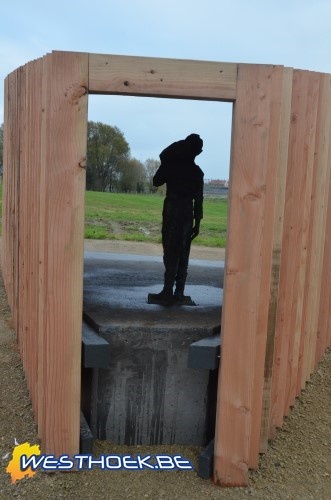
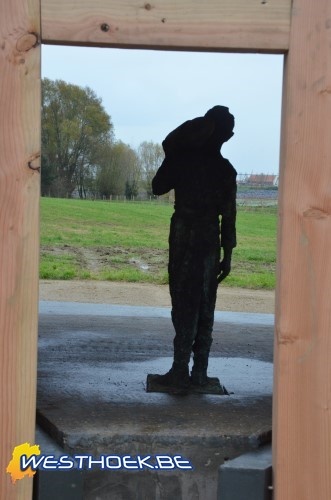
Arrival of the VIP's.






Mayor Christof Dejaegher of Poperinge.
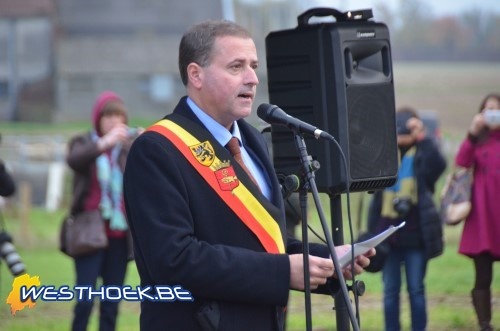



The Chinese Ambassador.


Governor Carl Decaluwé of the Province of West-Flanders.


Unveiling of the monument.



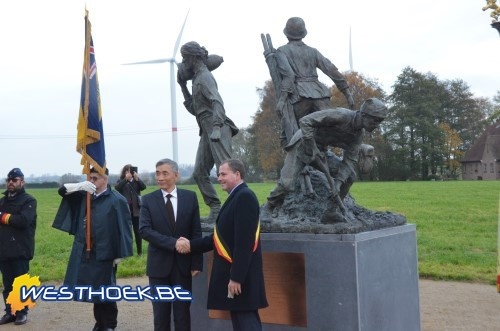



Unveiling of the memorial plaque.

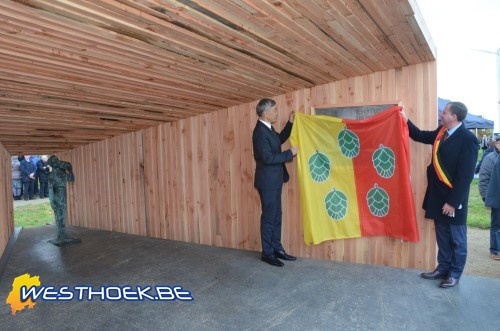





Final address by Ambassador Alison Rose of the United Kingdom.

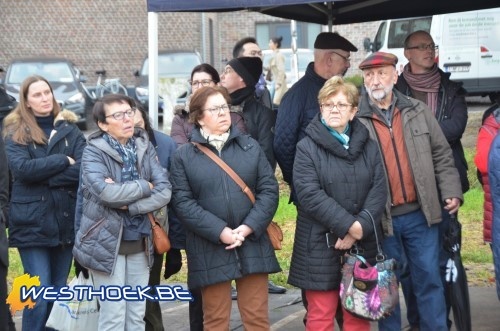



Laying of the wreaths.

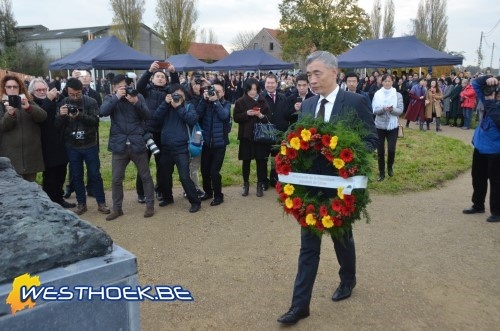





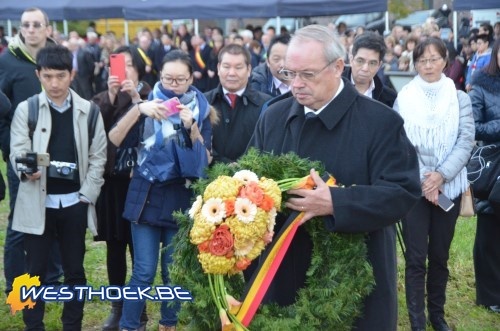


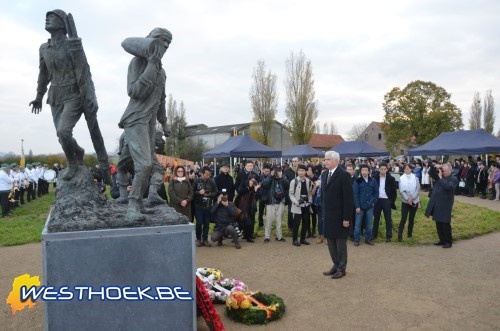





The Last Post was followed by the national anthems.






Yan Shufen, artist of the monument.

Page made by Westhoek.be / WO1.be - Greatwar.be.